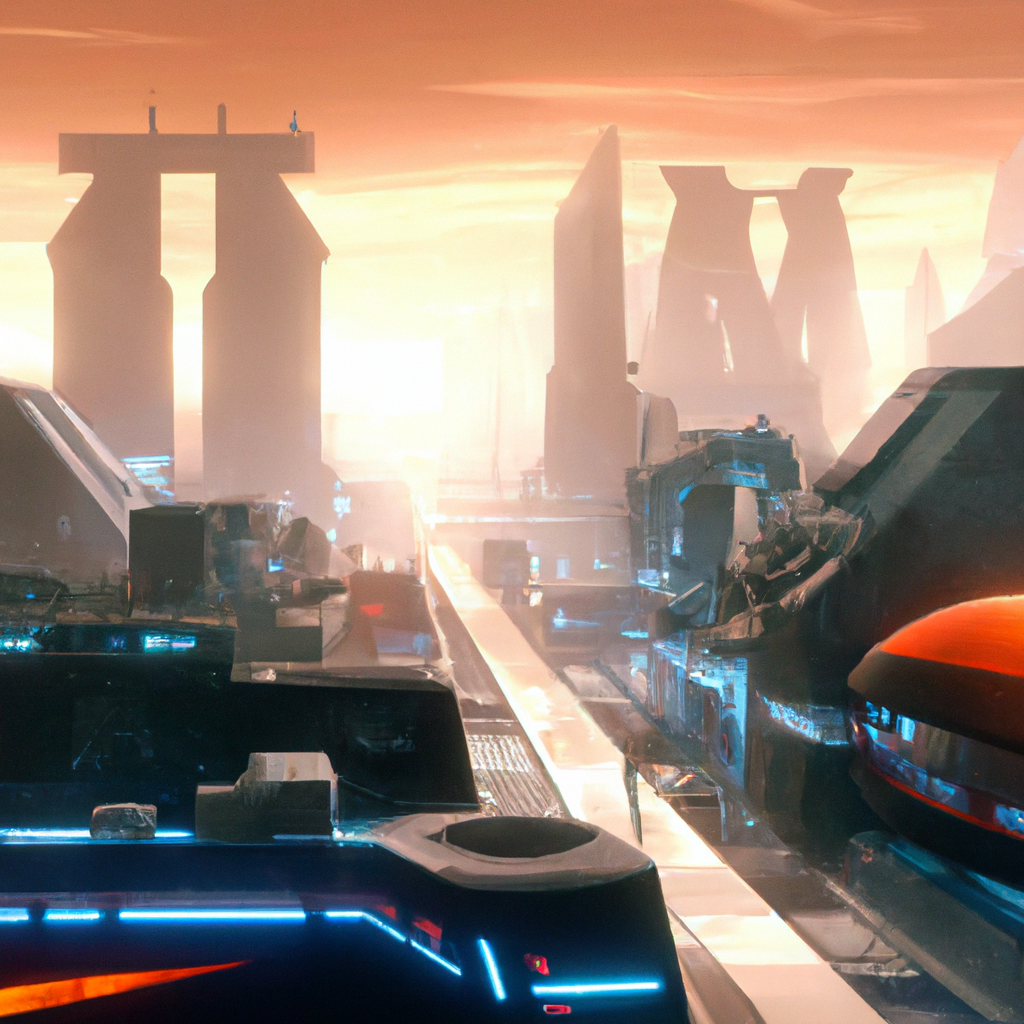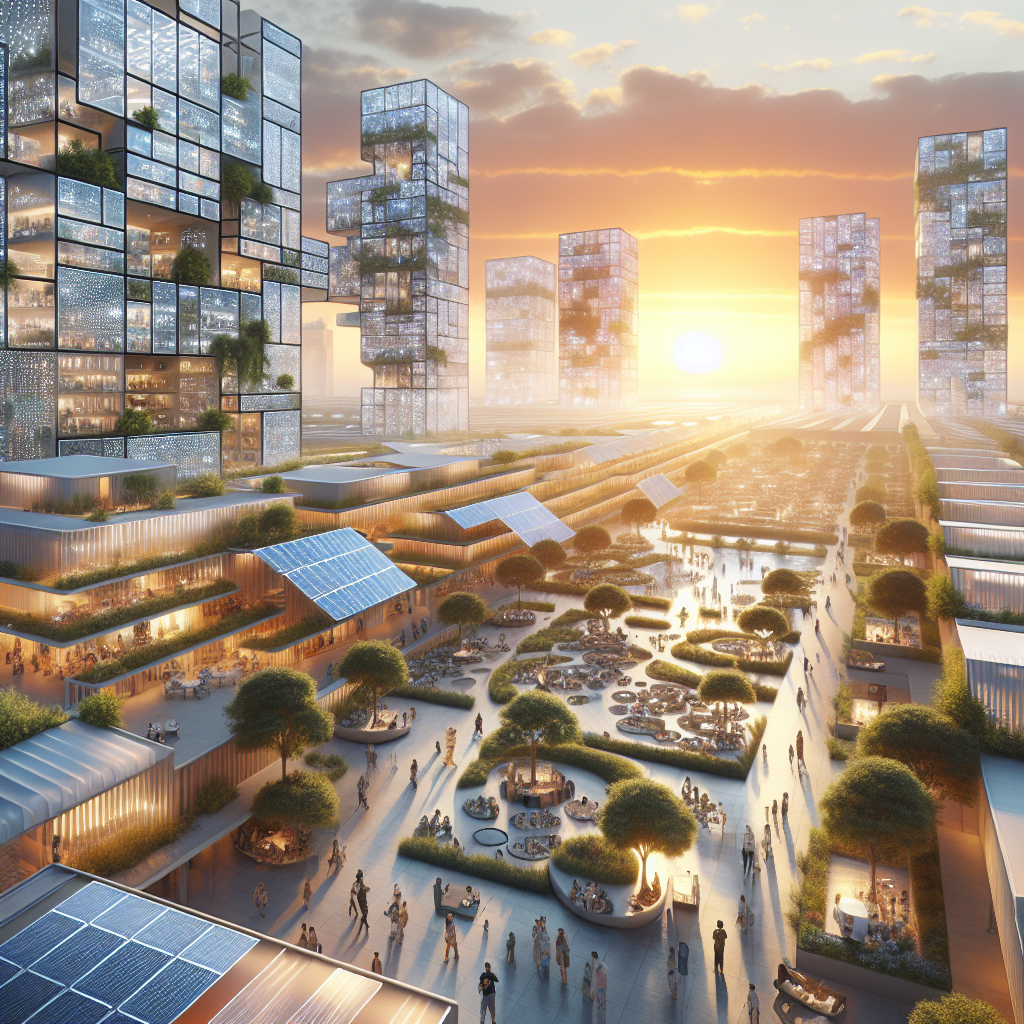What is the impact of technology on the futuristic city design and architecture in Blade Runner 2049

Blade Runner 2049, the long-awaited sequel to the 1982 classic, has been praised for its breathtaking visuals and innovative design. Set in a dystopian future, the film offers a glimpse into a world where technology has drastically altered the urban environment and human experience. In this article, we explore the impact of technology on the futuristic city design and architecture in Blade Runner 2049, and how it shapes our understanding of the urban environment and human experience in the future.
The world of Blade Runner 2049 is one of high-tech, post-industrial dystopia. Technology has drastically changed the urban landscape, with towering skyscrapers, holographic advertisements, and flying cars. Technology has also changed the way people interact with their environment. For example, the use of biometric identification systems has become commonplace, allowing citizens to access services and resources with the swipe of a finger. In addition, the film’s depiction of artificial intelligence (AI) and robotics is a stark reminder of the potential impact of technology on the future of urban design and architecture.
The film also offers an insight into the human experience in a world where technology has become pervasive. As technology advances, it has the potential to drastically alter the way we interact with our environment. In Blade Runner 2049, the use of virtual reality and augmented reality technologies has allowed citizens to experience the city in a completely new way. Through the use of these technologies, citizens can interact with their environment in a more immersive and engaging manner, creating a more personalized experience.
In addition, the film offers a glimpse into the potential impact of technology on the human experience. For example, the use of facial recognition technology has become commonplace, allowing citizens to be identified and tracked. This raises important questions about privacy and security in a world where technology is increasingly pervasive. The film also raises questions about the potential for technology to be used for surveillance and control, highlighting the need for caution when considering the implications of technology on our lives.
Overall, Blade Runner 2049 offers a unique insight into the potential impact of technology on the urban environment and human experience in the future. Through its depiction of a high-tech, post-industrial dystopia, the film highlights the potential of technology to drastically alter the way we interact with our environment and experience the world around us. As technology continues to advance, it is important to consider the implications of its use and to ensure that it is used responsibly and ethically.





